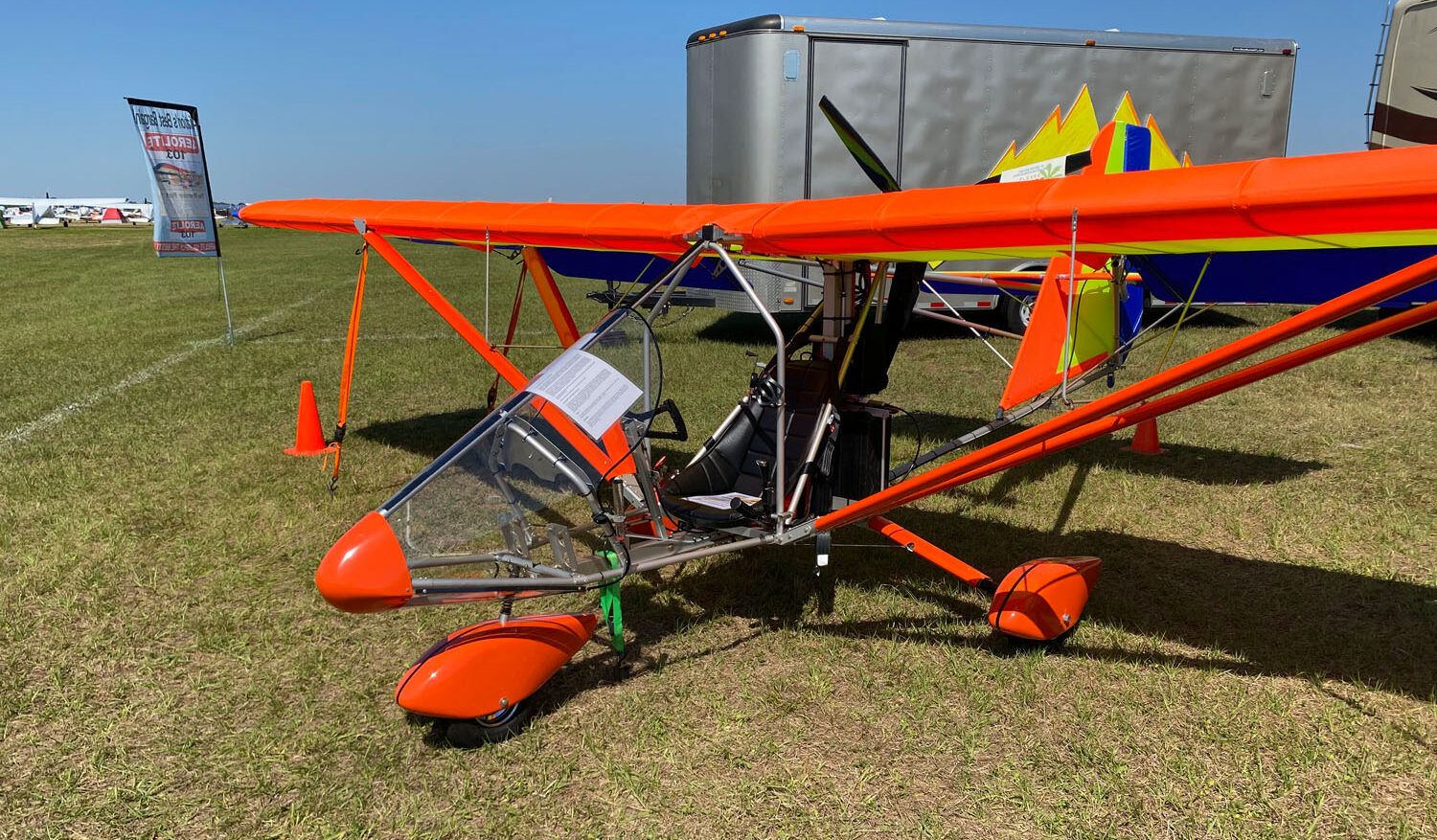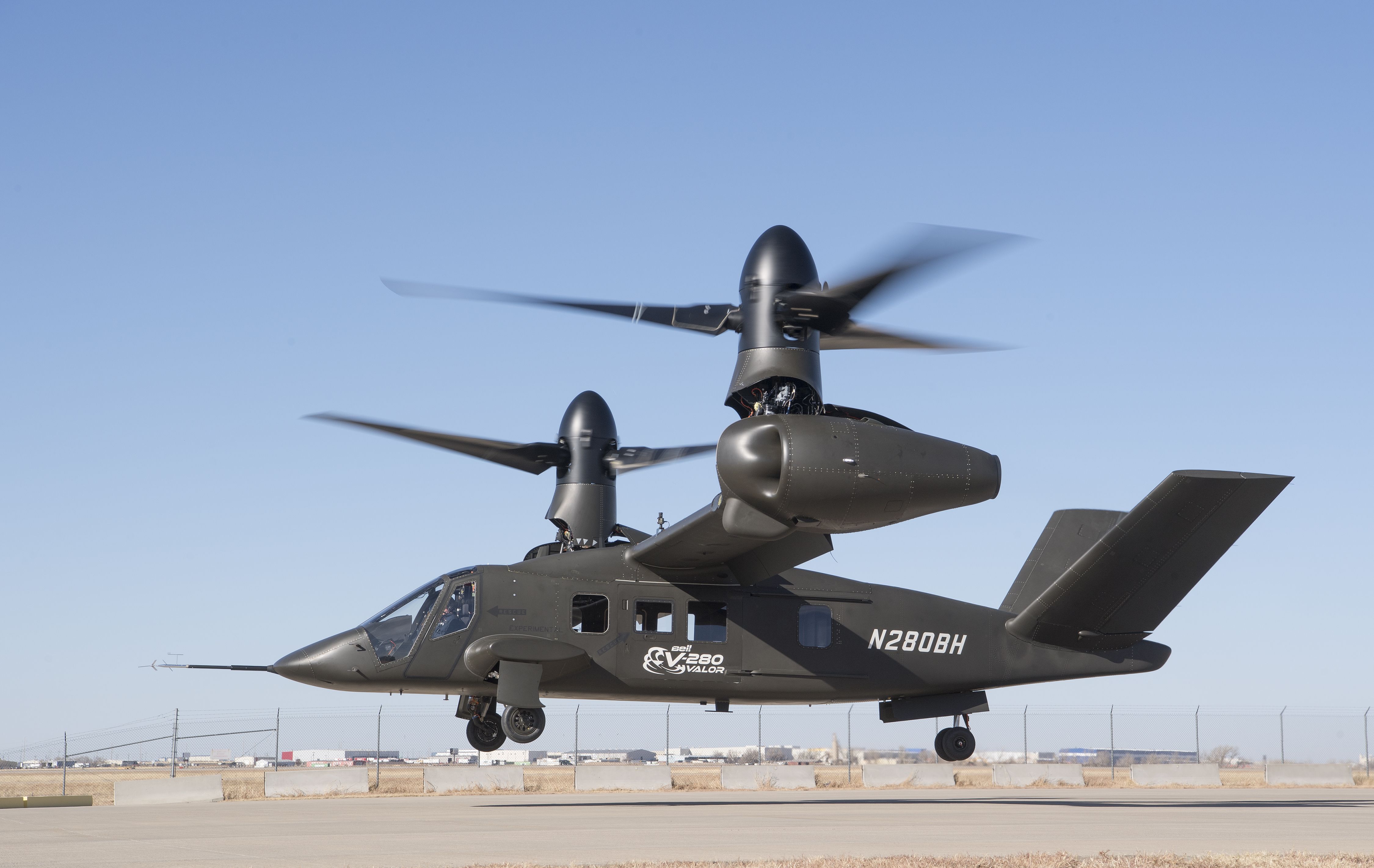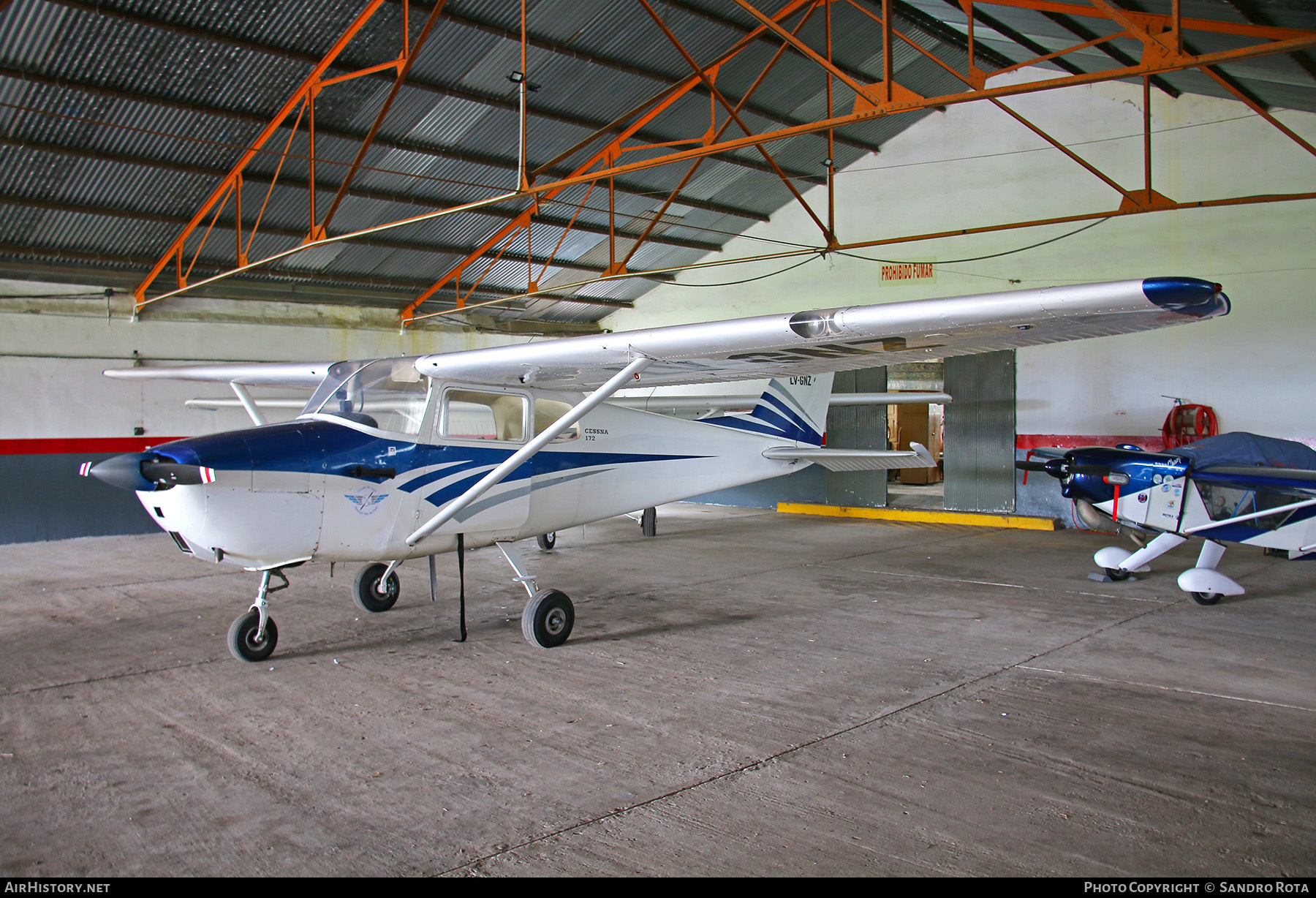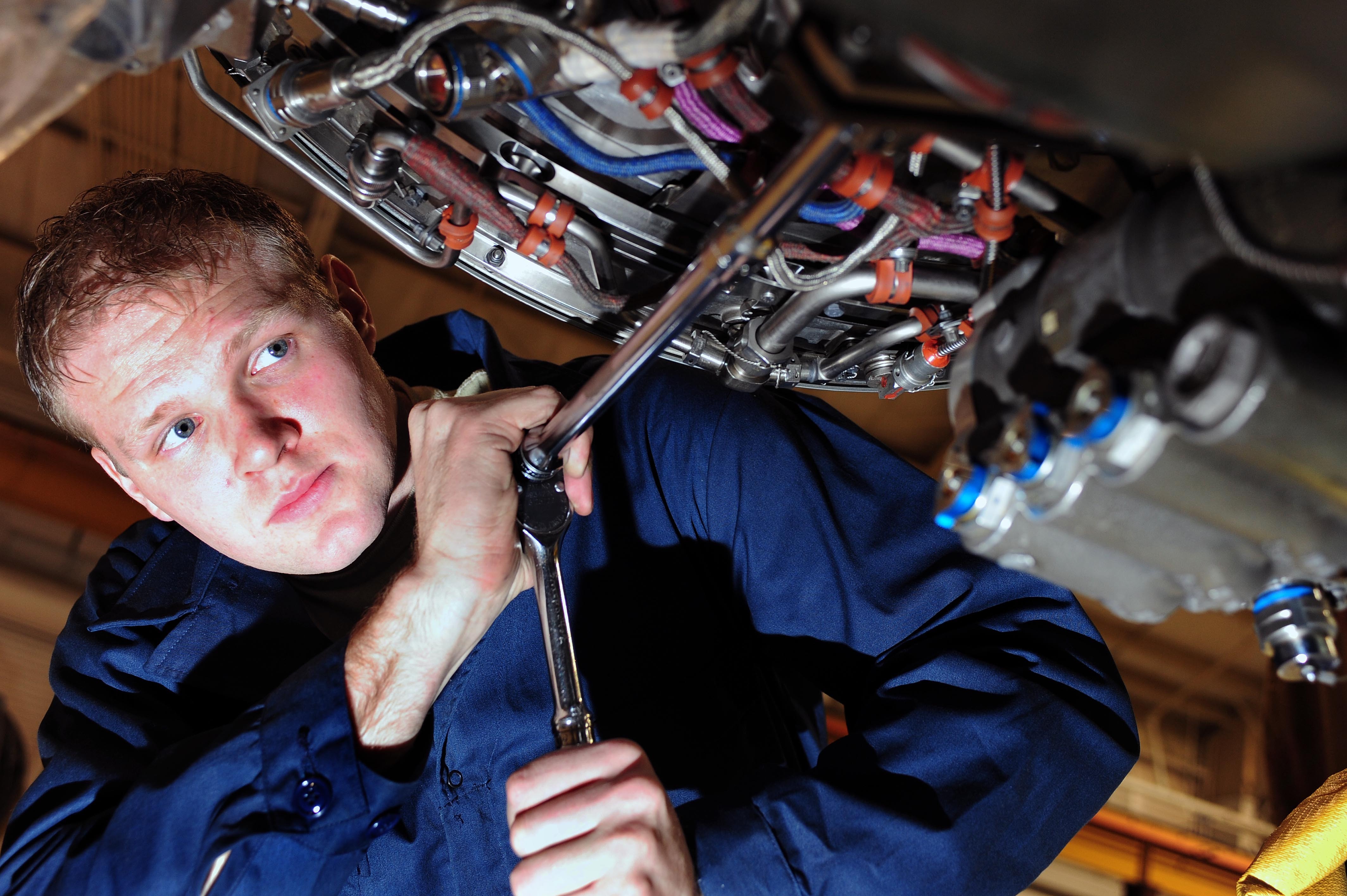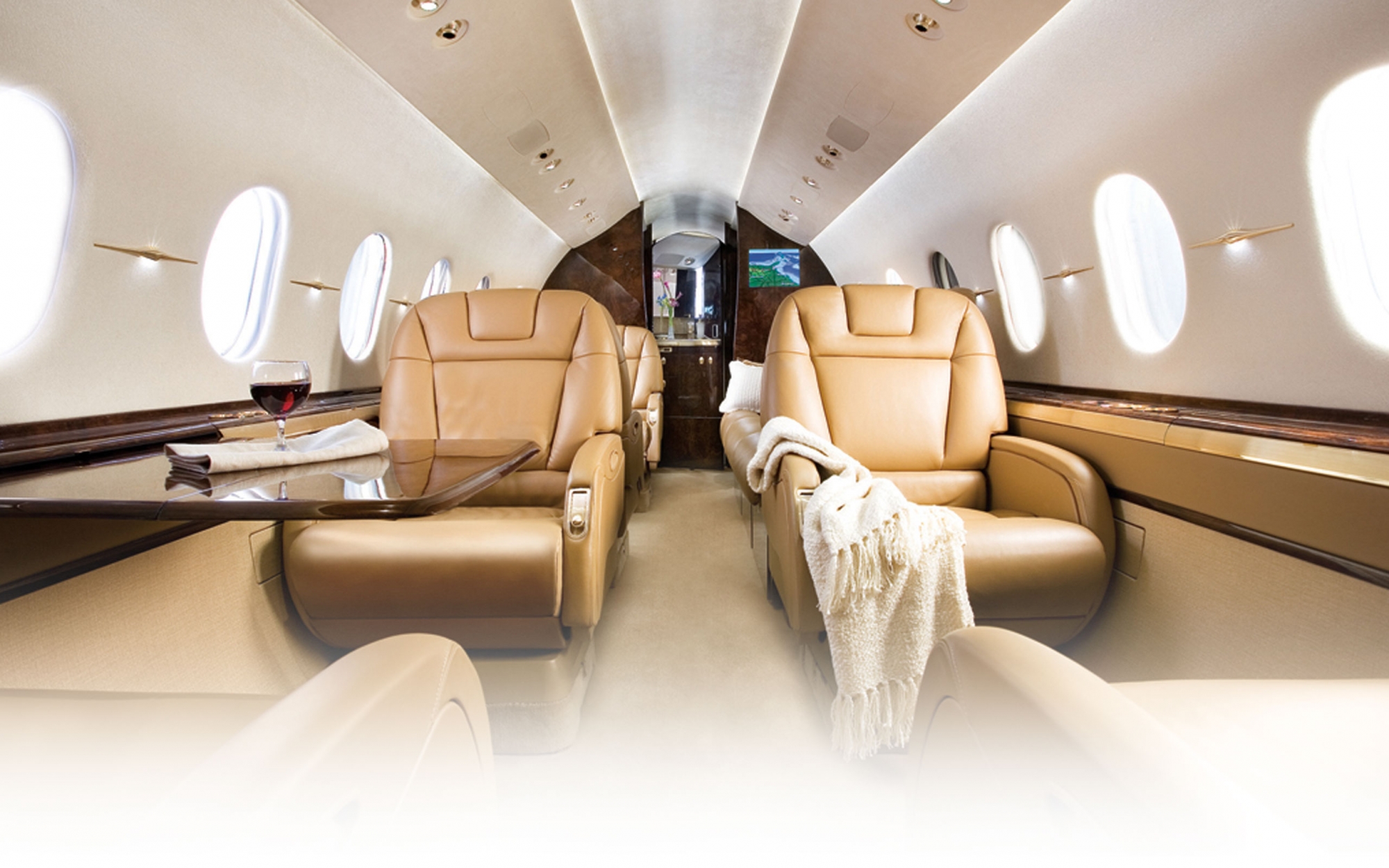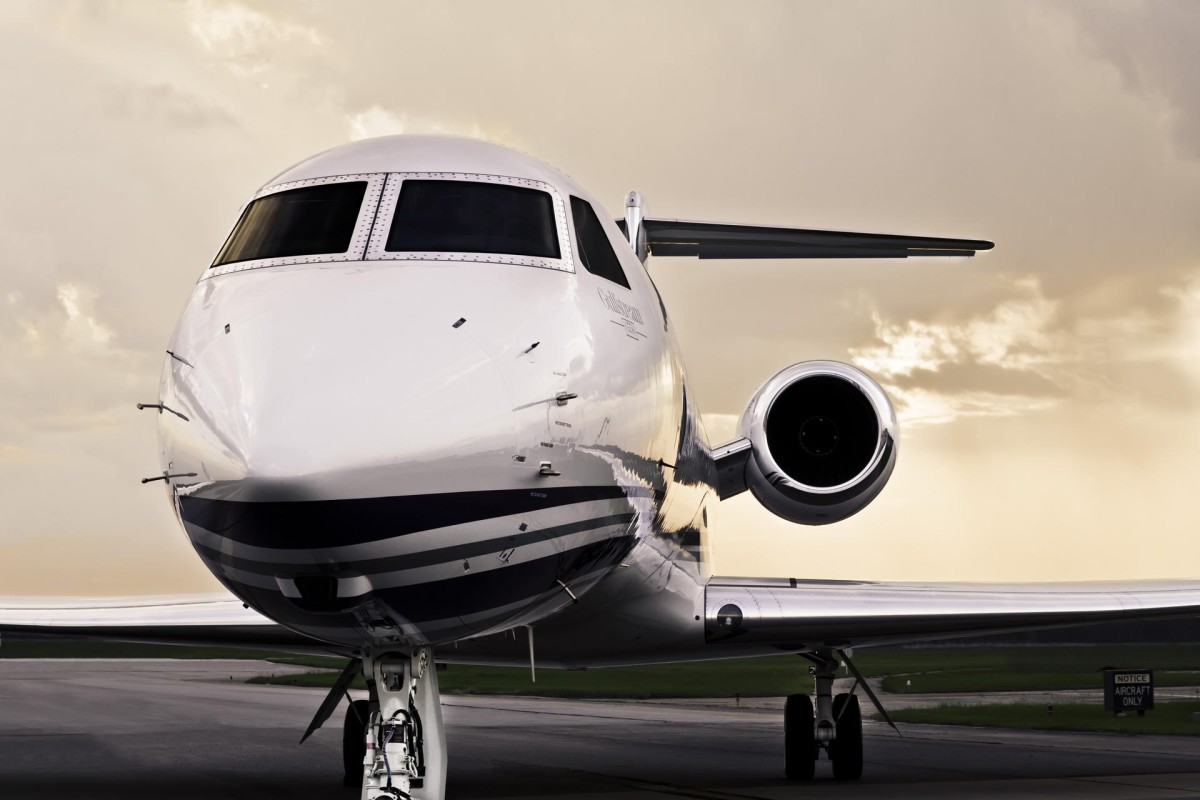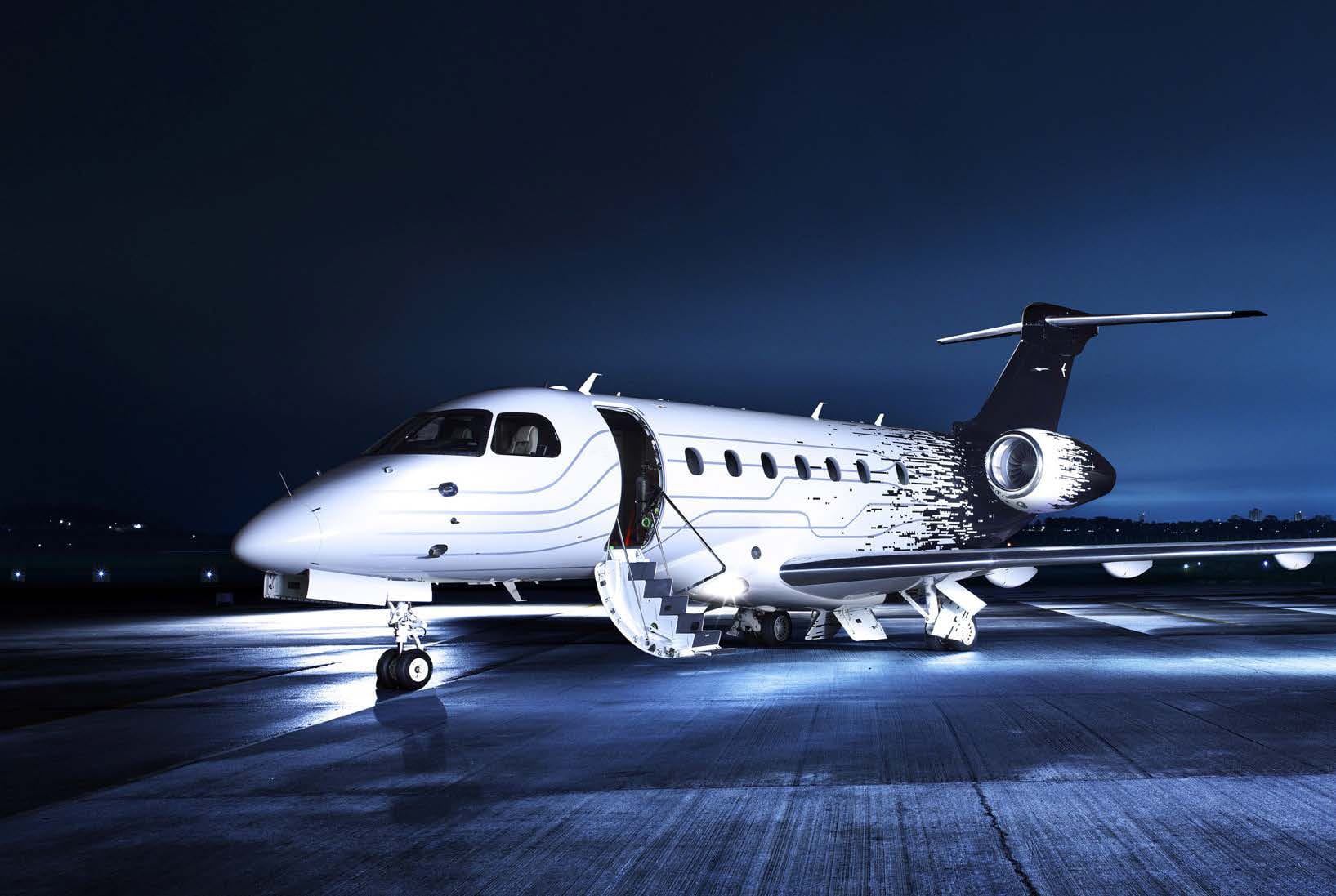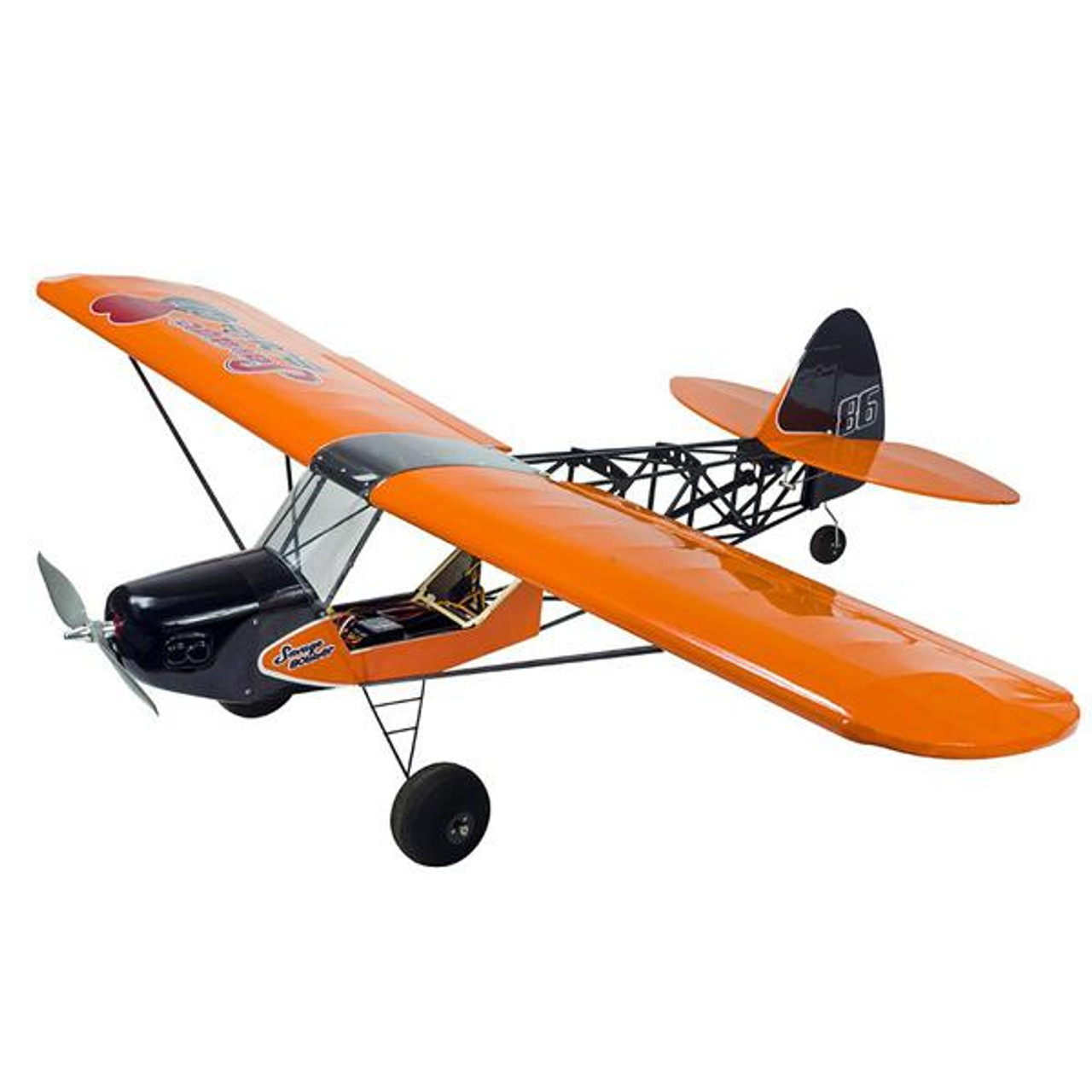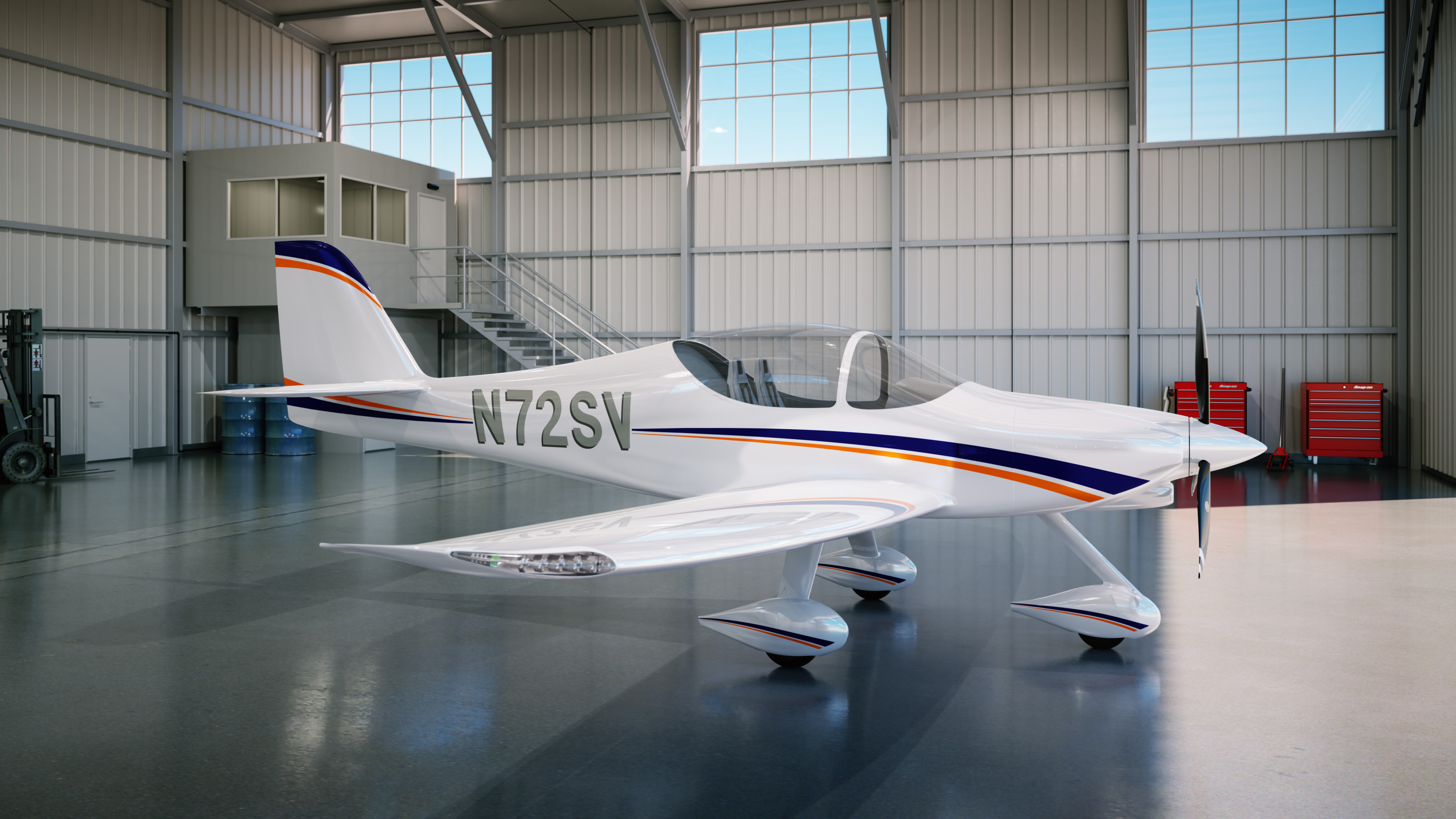Submarine Aircraft Carrier - And so the competition between aircraft carrier and submarine continued. The United States worried deeply about the security of its aircraft carriers, especially after the emergence of large Soviet cruise-missile submarines (SSGNs) that could strike at a considerable distance.
The Soviets also built the sophisticated Alfa class sub, which could dive deeper and move faster than any NATO sub, and could potentially emerge from the depths to attack a USN carrier in transit. Nuclear-tipped torpedoes meant that any successful attack would stand a good chance of completely destroying the target carrier.
Submarine Aircraft Carrier
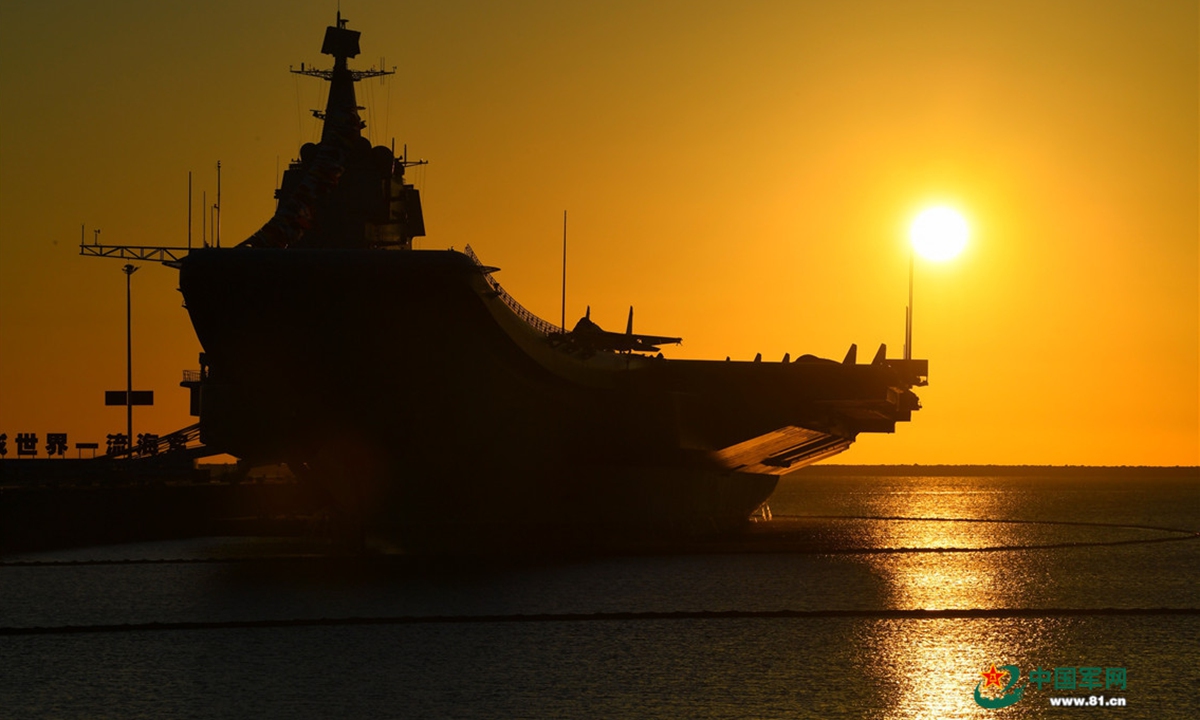
The British also experimented with the aircraft-carrying submarine concept when HMS E22 was fitted out in a manner similar to the German U-Boat. It was to be capable of launching its two Sopwith Schneider/Sopwith Baby floatplanes in 1916. However, just as in the German experiment, the aircraft were carried outside and the submarine could not submerge without losing them.
Future Designs
The Navy has described the P-8 as "an extension of the eyes and ears of the fleet," as this aircraft, unlike some other anti-submarine warfare assets in the US arsenal, is uniquely suited to conducting sweeping patrols that cover large swaths.
of open ocean and track down possible threats to a ship beyond its horizon. About the author: Matus Smutny is a Senior Lead Engineer in the automotive industry and has a lifelong passion for post-war naval history and technology.
He maintains a digital gallery containing more than 137,000 photos and can be found on Twitter as @Saturnax1. Another exotic feature of the class was the introduction of pump-jet propulsion. This type of propulsion, back then relatively new but now common across almost all new submarine classes, offers several advantages over the standard propeller in many naval combat scenarios.
The benefits include quieter propulsion at the same speed as opposed to a standard propeller, plus increased efficiency in some areas of the submarine's performance envelope. On the other hand, the pump-jet assembly is relatively heavy, and complicated, and may increase a submarine's drag.
Finding A Needle In A Haystack
However, the lead boat of the class and the protagonist of this story, HMS Swiftsure, was equipped with a standard unshrouded propeller. The Navy's carrier strike groups have relatively robust missile defense capabilities, but are much less prepared to counter torpedoes.
"Torpedo defense is hard, not really perfected, and so they actually end up being the more worrying threat," he said. Designed with a hull life of at least 25 years, HMS Swiftsure was prematurely decommissioned and de-fueled in 1992 when, during a refit, several dangerous cracks were found in the reactor piping.
The rest of the Swiftsure class boats were decommissioned in the mid-to-late 2000s. Their more capable successor was the Trafalgar class, essentially a modified Swiftsure with several major upgrades, including the use of anechoic tiles and other advanced noise-reduction features.

Shortly after discovering the Soviet surface ships active in the exercise, Swiftsure, commanded by Capt. John Speller, was ordered to record Kiev's acoustic signature and to collect other intelligence. As each ship has its own specific sound signature that can be recognized by a trained sonar operator, the signature of Kiev was a very important piece of information that would allow the Royal Navy and its allies in the future to recognize the carrier much faster and more
Type Ix D -Monsun
reliably. There are no known submarine carriers in use today, but several concepts exist that could provide a design in the future allowing an attack force to move entirely underwater, attack without warning, and vanish again.
Against this there is the unavoidable fact that a submarine aircraft carrier would be tactically very limited with any attempt to use it to maintain air coverage forcing it to spend large amounts of time on the surface and as a result negating the advantage of being submersible.
5] A marginally more viable role would be carrying out sudden surprise strikes on vulnerable targets.[5] The cost of overcoming the engineering challenges of carrying an aircraft the size of a modern strike fighter combined with such a limited tactical role means that it is unlikely that any navy would consider their construction worthwhile.[5]
Both the Soviets and the Americans developed dedicated anti-submarine aircraft carriers. The USN converted several old Essex class carriers into an anti-submarine configuration (designated CVS), equipping these ships primarily with helicopters and anti-submarine fixed-wing aircraft rather than with fighters and attack planes.
About Nuclear Submarines And Aircraft Carriers
The first Soviet aircraft carrying ships, Moskva and Leningrad, were committed anti-submarine platforms, equipped with helicopters and intrinsic anti-submarine weapons. The next generation of Soviet aircraft carrier, the Kiev class, carried a complement of short-ranged STOVL fighters designed to deter or defeat incursions of anti-submarine aircraft into the "bastions" patrolled by the USSR's ballistic missile submarines.
The series was rather successful, especially at the beginning of the war. In 1942, I-26 crippled the aircraft carrier USS Saratoga. I-19, on 15 September 1942, fired six torpedoes at the carrier USS Wasp, two of which hit the carrier and crippled it, with the remaining torpedoes damaging the battleship USS North Carolina and the destroyer O'Brien which sank later.
I-25 conducted the only aerial bombings ever on the continental United States in September 1942, when an aircraft launched from it dropped two incendiary bombs on a forest near the town of Brookings, Oregon. Submarines will remain relevant weapons of war as long as the sea offers a barrier to detection and to the use of weapons.
Aircraft carriers will remain relevant as long as its useful to have mobile airfields. As both of these conditions seem likely to hold for the foreseeable future, carrier captains and sub skippers will still need to worry a great deal about each other.

Nazi Germany
Finding enemy submarines in a real-world situation is, as one Navy official told Insider, like "finding a needle in a haystack." Sometimes the P-8 crew works off of intelligence; other times, they are conducting an open-ocean search.
The design of the Kiev class was a surprise to many Western observers. A hybrid between a vertical takeoff and landing (VTOL)/helicopter carrier and a guided missile cruiser, the most recognizable features were the angled flight deck on the port side, a massive island on the starboard side, and a dedicated space on the bow with
four huge twin launchers for the enormous P-500 Bazalt (SS-N-12 Sandbox) anti-ship missile; Eight missile reloads were also provided. For anti-aircraft defense, there were two twin launchers for M-11 Shtorm (SA-N-3 Goblet) surface-to-air missiles and another two twin launchers for the point-defense Osa-M (SA-N-4 Gecko
) missiles. For sub-surface threats, the Kiev carried two launchers for RPK-1 Vikhr (SUW-N-1/FRAS-1) anti-submarine missiles and two RBU-6000 Smerch-2 rocket launchers. With no catapult, Kiev operated only VTOL-capable Yak-38 Forger fighter jets and Ka-25 Hormone helicopters.
The Us Environmental Protection Agency Epa Superfund Program
Two elevators moved the aircraft between the hangar and the flight deck. The submarines were also able to carry three Seiran aircraft (the Aichi M6A), each carrying a 1,760 pounds (800 kg) bomb 650 mi (1,050 km) at 360 mph (580 km/h).
Its name was a combination of sei ("clear sky") and ran ("storm"), literally "storm out of a clear sky," because the Americans would not know they were coming. It had a wing span of 40 ft (12 m) and a length of 38 ft (12 m).
To fit the aircraft into the hangar, the wings of the aircraft were folded back, the horizontal stabilizers folded down, and the top of the vertical stabilizer folded over so the overall profile of the aircraft was within the diameter of its propeller.
A crew of four could prepare and get all three airborne in 45 minutes, launching them with a 120 ft (37 m) catapult on the fore deck of the giant submarine. Another German long range U-boat was the Type IX D2 "Monsun", used in the Indian Ocean and Far East Area based in Penang (Occupied Malaya) during wartime.
The Us Department Of Defense Dod United States Navy
To aid such submarines the "Autogyro-Glider" observation vehicle Focke-Achgelis Fa 330 "Bachstelze" (Water Wagtail) was developed. This vehicle was used in the Indian Ocean and sporadically in the Southern Atlantic, since May–June 1942. In combat, aircraft carriers are faster than submarines, and have a group of escorts (often including a submarine) intended for self defense.

Carriers can also launch aircraft capable of detecting and attacking submarines at range, although the availability of these aircraft has waned since the end of the Cold War. For their part, submarines can strike carriers at ever greater distance with cruise missiles, and can increasingly utilize targeting data provided by offboard sensors to find their prey.
Germany was the first nation to experiment with submarine aircraft carriers, inspired by the Imperial German Naval Air Service commander Oberleutnant zur See Lothar von Arnauld de la Perière. He commanded a unit of two reconnaissance seaplanes (Friedrichshafen FF.29s) in Zeebrugge which had been recently occupied by the Imperial German Army in the early months of World War I.
One of the first U-Boats to arrive at the Zeebrugge base was Kapitänleutnant Walther Forstmann's SM U-12, which was to play the role of submarine aircraft carrier. In 1954, the Navy launched the first submarine that used radioactive material as a power source.
Its name was the USS Nautilus and it was the first submarine to travel to the North Pole in 1958. Before then, submarines used diesel engines and had to go into port for fuel. Nuclear power allowed submarines to run for about twenty years without needing to refuel.
Food supplies became the only limit on a nuclear submarine's time at sea. Since then, similar technologies have been developed to power aircraft carriers. On the carrier side, the development of jet aircraft rendered most existing ships obsolete, and ushered in a new era of gigantic “supercarriers,” two or three times the size of most World War II fleet carriers.
The largest of these eventually had nuclear-power plants of their own. The helicopter came into its own, eventually carrying sensitive sonar equipment and lethal anti-submarine torpedoes. Dedicated anti-submarine aircraft, both carrier- and land-based, had similar capabilities.
Rivals are challenging American military advantages through increases in undersea warfighting capacity and capability, "but we're keeping right up with them," Osborne said, pointing to the relatively new P-8 as a key increase in lethality. "I think we are staying ahead of the threat."
The balance of threat between carriers and submarines remains unsettled today. The most advanced vessels of both sorts have become absurdly expensive, with USS Gerald R. Ford tipping the scales at some $12 billion (not including aircraft), and the Virginia-class SSN coming in at $2.7 billion (although smaller diesel-electric subs are
much cheaper). Submarines have even taken on some of the missions of aircraft carriers, including long range strikes against land targets. In World War II, the aircraft carrier and submarine would finally have their day; American subs and carriers swept the seas of Japanese warships and merchant vessels, while in the Atlantic German submarines struggled against British and American escorts to win the Second Battle of the Atlantic.
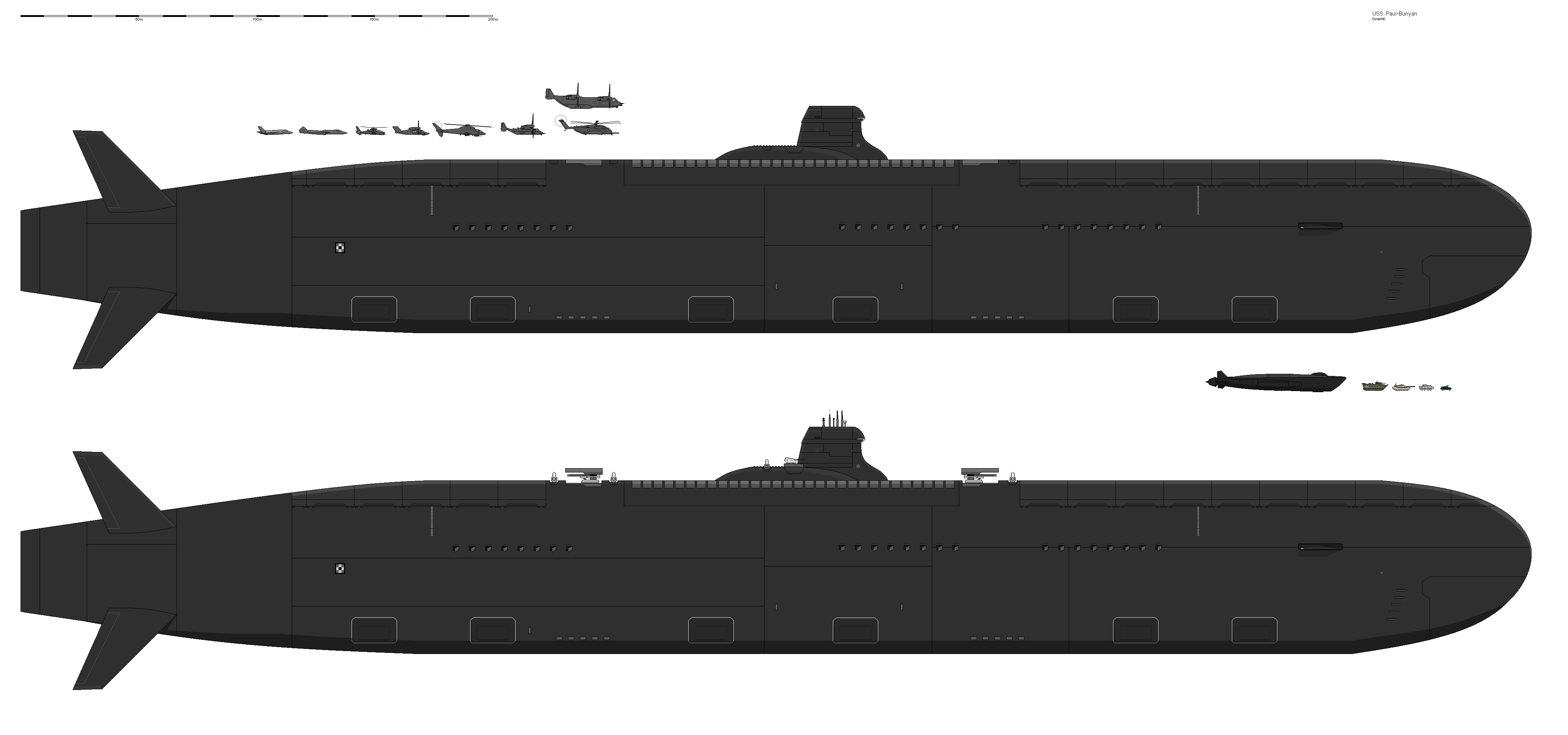
In the Cold War era, the Soviets and Americans prepared both their submarines and carriers, each with revolutionary new designs, for renewed struggle. After the loss of the heavy gun carrying HMS M1 and the Washington Naval Treaty which restricted the armament of vessels which were not capital ships, the remaining M-class submarines were converted to other uses.
By 1927, the M2 had entered service with a waterproof hangar for a Parnall Peto seaplane with folding wings, which could be launched and recovered with the aid of a derrick. In October 1928, she was fitted with a hydraulic catapult which allowed the seaplane to be launched from a ramp on the forward casing.
The submarine and her plane could then act as a reconnaissance unit ahead of the fleet, submerging when under threat.[1] The M2 itself was lost in 1932, and plane-launching submarines were abandoned by the Royal Navy.
The B1 Type (I-15 Series) submarines (I-15, I-17, I-19, I-21, I-23, I-25, I-26, I-27, I-28, I-29 , I-30, I-31, I-32, I-33, I-34, I-35, I-36, I-37, I-38, I-39) were the most numerous type of submarines of the
Imperial Japanese Navy during World War II. In total, 20 were made, starting with number I-15, which became the name of the series. These submarines were fast, had a very long range, and carried a single Yokosuka E14Y seaplane, located in a hangar in front of the conning tower, which was launched by a catapult.
Submarines and aircraft carriers each underwent a series of revolutions in the wake of World War II. Regarding the latter, the development of "true" submarines by Germany in the last year of the war changed the fundamentals of anti-submarine warfare by eliminating the necessity for subs to operate on the surface.
"True" submarines also had much more lethal performance characteristics than their older cousins. Not long after, the United States would usher in the nuclear age of submarine warfare through the construction of USS Nautilus, a submarine powered by nuclear reactor that could remain underwater indefinitely.
Finally, the advent of submarine-launched missiles of both the cruise and ballistic variety gave submarines a new strategic mission, as well as lethal new tools for attacking aircraft carriers and other surface vessels. Powered by a single PWR Mk 1 nuclear reactor and an auxiliary Paxman Ventura diesel generator, submarines of this class were armed with five 533mm torpedo tubes capable of launching Mk 24 Mod 2 Tigerfish and later Spearfish heavyweight torpedoes, and Stonefish/Sea Urchin naval mines.
UGM-84 Harpoon anti-ship missiles and UGM-109E Tomahawk Land Attack Missile (TLAM-E) Block IV were subsequently added to the armory. In the Falklands War, the British worried a great deal about the threat posed by ARA San Luis, a Type 209 submarine.
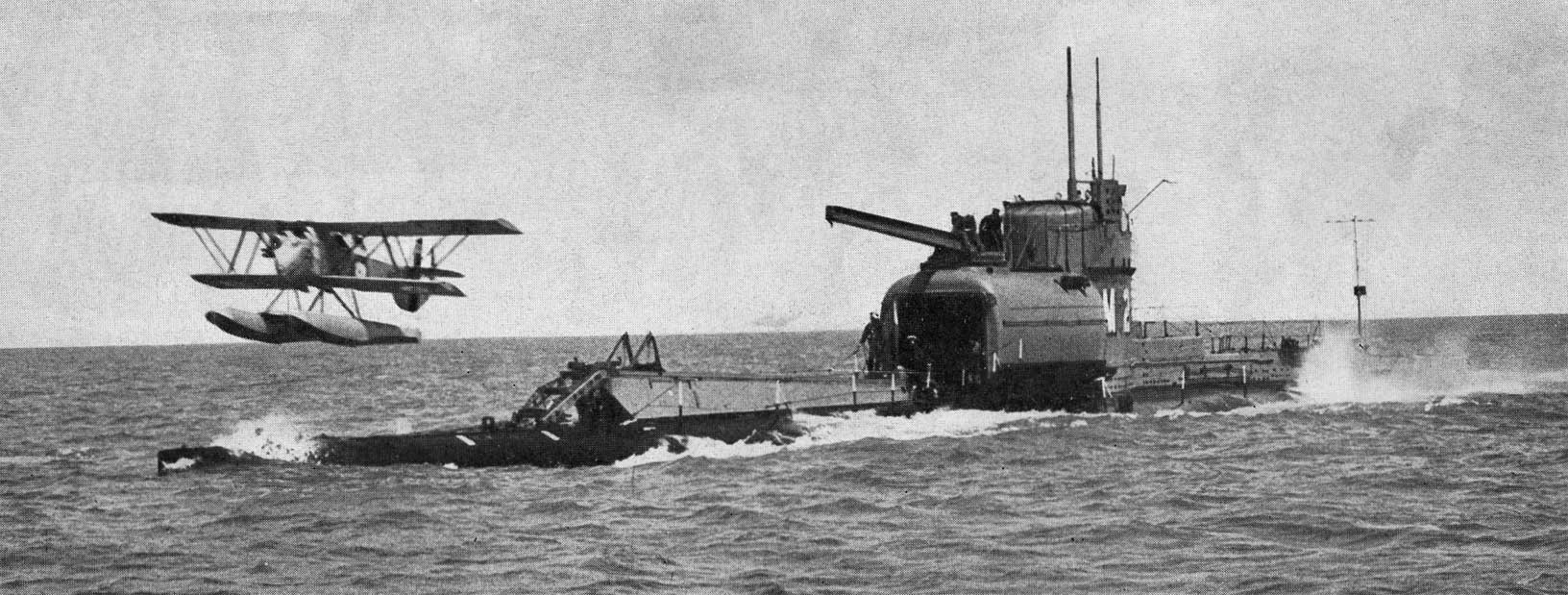
San Luis undertook several unsuccessful attacks against British ships, and in turn the British spent considerable resources trying, unsuccessfully, to find and sink her. For their part, the British hunted ARA Vienticinco de Mayo with HMS Conqueror, before finding and sinking ARA General Belgrano.
The Regia Marina (Italian Navy) developed, in the late-1920s, the Ettore Fieramosca, a submarine with a waterproof hangar for a small reconnaissance plane. They gave commissions to the Italian aircraft manufacturers Macchi and Piaggio for two prototypes.
The Macchi M.53 and the Piaggio P.8 were developed by 1928, but the program for an Italian aircraft-carrying submarine was cancelled, and the hangar was removed from the submarine in December 1931, before the Ettore Fieramosca was delivered to the Italian
navy. The range and speed of these submarines was remarkable (21,000 nmi/km at 16 kn/km/h), but their underwater performance was compromised, making them easy targets. I-13 was sunk on 16 July 1945 by the destroyer escort USS Lawrence C. Taylor and aircraft action from the escort carrier USS Anzio about 550 mi (890 km) east of Yokosuka.
I-14 surrendered at sea at the end of the war, and was later scrapped. Nazi Germany's Kriegsmarine also started development of submarines capable of launching aircraft and ordered four very large "cruiser" U-boats in early 1939. These boats were to be twice as large as any existing U-boat and have a crew of 110. They were
intended to carry a single Arado Ar 231 aircraft, but were canceled at the outbreak of war later that year. The carrier's powerful inner and outer escort screens were made up of the Project 1134A Berkut-A (Kresta II) class guided missile cruisers Admiral Nakhimov, Marshal Timoshenko, and Admiral Isakov and the Project 61 (Kashin) class destroyer Smyshleny.
The major part of the exercise took part in the Northern Fleet's 'home waters' of the Barents Sea and the fleet, accompanied by the Project 1559V Morskoy proctor (Boris Chilkin) class replenishment oiler Genrikh Gasanov, also made a trip to the Lofoten archipelago in
the Norwegian Sea to practice replenishment-at-sea (RAS) procedures in very rough weather conditions off the Norwegian coast. News that the British submarine M2 had sunk during aircraft launching trials during 1933, and damage to the XSL-2[4] during aquatic testing in the Anacostia river area, caused the whole idea of submarine-borne aircraft to be abandoned by the U.S.
Navy. The great naval powers emerged from World War I relatively confident that the battleship would continue to decide the question of naval warfare. German submarines had nearly starved Great Britain in the last two years of the war, but the Royal Navy had turned back the offensive with minimal damage to its heavy units.
The Royal Navy had also begun to experiment with aircraft carriers, a development the American and Japanese watched with close attention. Still, the major interwar naval agreements concentrated on battleships, rather than on “support” vessels such as the carrier and the submarine.
i 400 submarine aircraft carrier, submarine aircraft carrier concept, japanese submarine aircraft carrier ww2, japanese submarine aircraft carrier, submarine aircraft carrier japan, japanese submersible aircraft carrier, list of us nuclear submarines, submersible aircraft carrier







